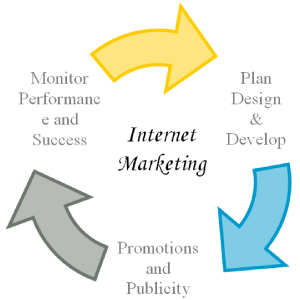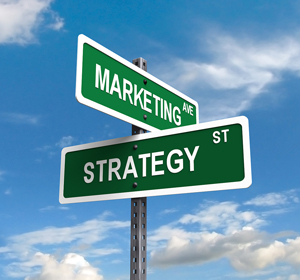27 Sep 3 Reasons You Should Opt For Inbound Marketing Instead Of Traditional Marketing
 We already know the pros and cons of both traditional and online marketing. Let’s move a step further, specifically focusing on online marketing, also known as inbound marketing.
We already know the pros and cons of both traditional and online marketing. Let’s move a step further, specifically focusing on online marketing, also known as inbound marketing.
Many buyers all over the world use the internet to buy products, using sites such as Amazon.com and eBay. Even if choosing to purchase merchandise from “real world” stores, they tend to refer to the product online for review specifications to see if it meets their needs. Even though inbound marketing allows you to target a wider range of audiences worldwide, you would be surprised to learn how internet marketing and traditional marketing are similar in the sense that they are the exact opposite of each other. You can consider it be a “reflection” or “mirror image” of traditional marketing.
Flip the Switch and Relax
When marketing over the internet, the process is initiated when an individual enters a keyword in a search engine, after which the search engine directs sellers to potential buyers which appear in the order of relative importance. This tends to become one of the major issues for most traditional companies or sellers:
The buyer approaches the seller (whereas in traditional marketing it is the seller that approaches the buyer with the goal in mind of making sales and generating revenue.) This becomes a mirror reflection of traditional marketing automatically. Sellers don’t need to find buyers – buyers need to find sellers. Which, in essence, means that the seller needs to make efforts online to make sure their products pop up before their competitors’ (which is most efficiently done via Search Engine Optimisation, among other techniques). However, this requires less effort on the part of the seller in terms of “active marketing” and could prove to be more beneficial in the end.
Maintain Boundaries
 A lot of businesses which opt for traditional marketing methods and follow the strategies of outbound marketing feel that incorporating inbound marketing into their strategies is effective. However, this is nothing more than a fallacy. When a business or company employs inbound marketing strategies, they include strategies into their marketing scheme by sending out unsolicited sales messages (such as junk mail, spam, telemarketing calls, or pop-up ads). These tend to be perceived as intrusive by potential buyers, and you could actually end up losing more clients than gaining them, as it leaves a negative impression overall.
A lot of businesses which opt for traditional marketing methods and follow the strategies of outbound marketing feel that incorporating inbound marketing into their strategies is effective. However, this is nothing more than a fallacy. When a business or company employs inbound marketing strategies, they include strategies into their marketing scheme by sending out unsolicited sales messages (such as junk mail, spam, telemarketing calls, or pop-up ads). These tend to be perceived as intrusive by potential buyers, and you could actually end up losing more clients than gaining them, as it leaves a negative impression overall.
Inbound marketing provides clients with the space they need, as well the “option” of choosing to engage with you, rather than feeling as if they are being forced to buy your product.
Push leads to Shove
Traditional marketing methods are generally aimed at the audience via “compelling advertisements”, attempting to “push” their message to their potential buyers. In essence, the audience may feel that they are being “talked at”, instead of being “engaged with”.
In inbound marketing, the goal is “pull” the buyer towards the product, not by providing them with fanciful ads that they can enjoy to watch or observe, but rather with products that offer solutions to real life problems. Gaining clients is based on how well you understand their needs and how well you engage with them to convey to them the feeling that they are, in fact,being understood.

